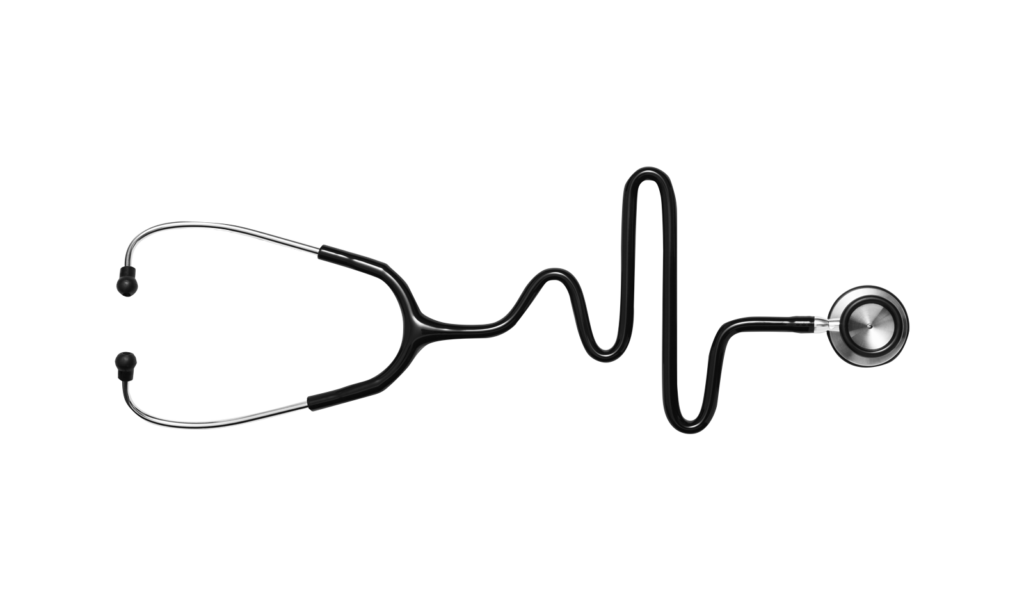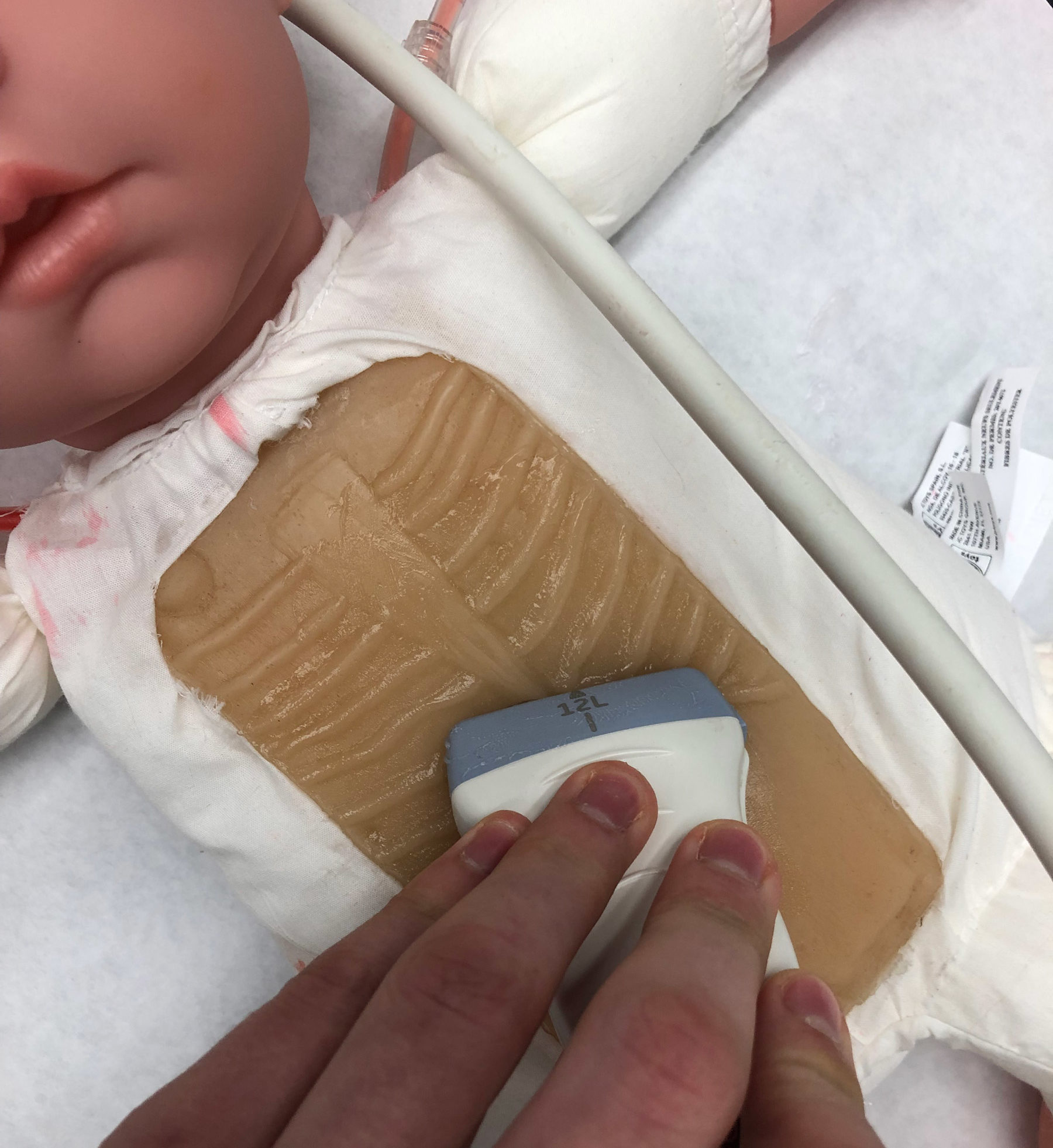Imagine hearing your newborn baby has fluid building up around her heart that’s putting pressure on her heart muscle, weakening its pumping ability and drastically lowering her blood pressure.
Now imagine hearing the life-saving procedure she needs—known as a pericardiocentesis—is challenging and not often performed on infants.
Researchers at the UT Health Science Center have invented a first-of-its-kind, low-cost, simple-to-use trainer for infants, allowing medical professionals to practice this life-saving technique in a safe environment, without the risk of injuring the patient. The doll-like simulator’s internal anatomy, ultrasound-capable tissues and dual-chamber technology create a realistic training platform. Point-of-care ultrasound is increasingly being used in neonatal intensive care units and emergency rooms to aid diagnosis and management. The trainer is ultrasound compliant, which gives users the ability to practice the procedure repeatedly, with or without the help of ultrasound guidance, to improve their confidence—thus improving patient outcomes.
“Currently, there are no infant or pediatric pericardiocentesis trainers on the market,” said Jonathan Spagnoli, a simulation specialist in the Center for Healthcare Improvement and Patient Simulation at the UT Health Science Center. “If this trainer is made accessible to neonatal intensive care units, emergency rooms, training facilities and especially rural hospitals, we could see a significant improvement in patient outcomes.”
UT is working to ensure this life-saving technology reaches the market.



